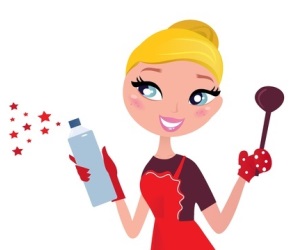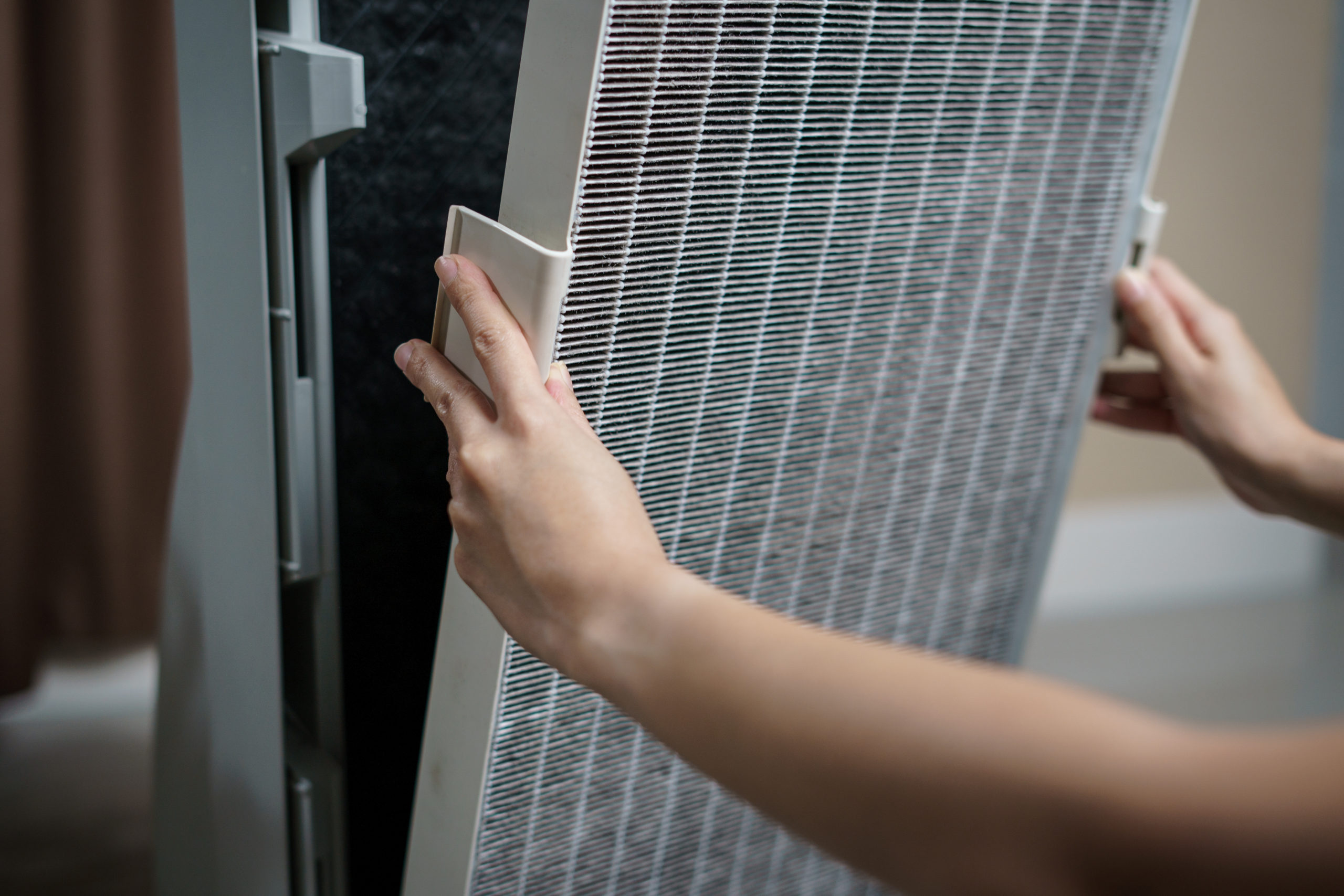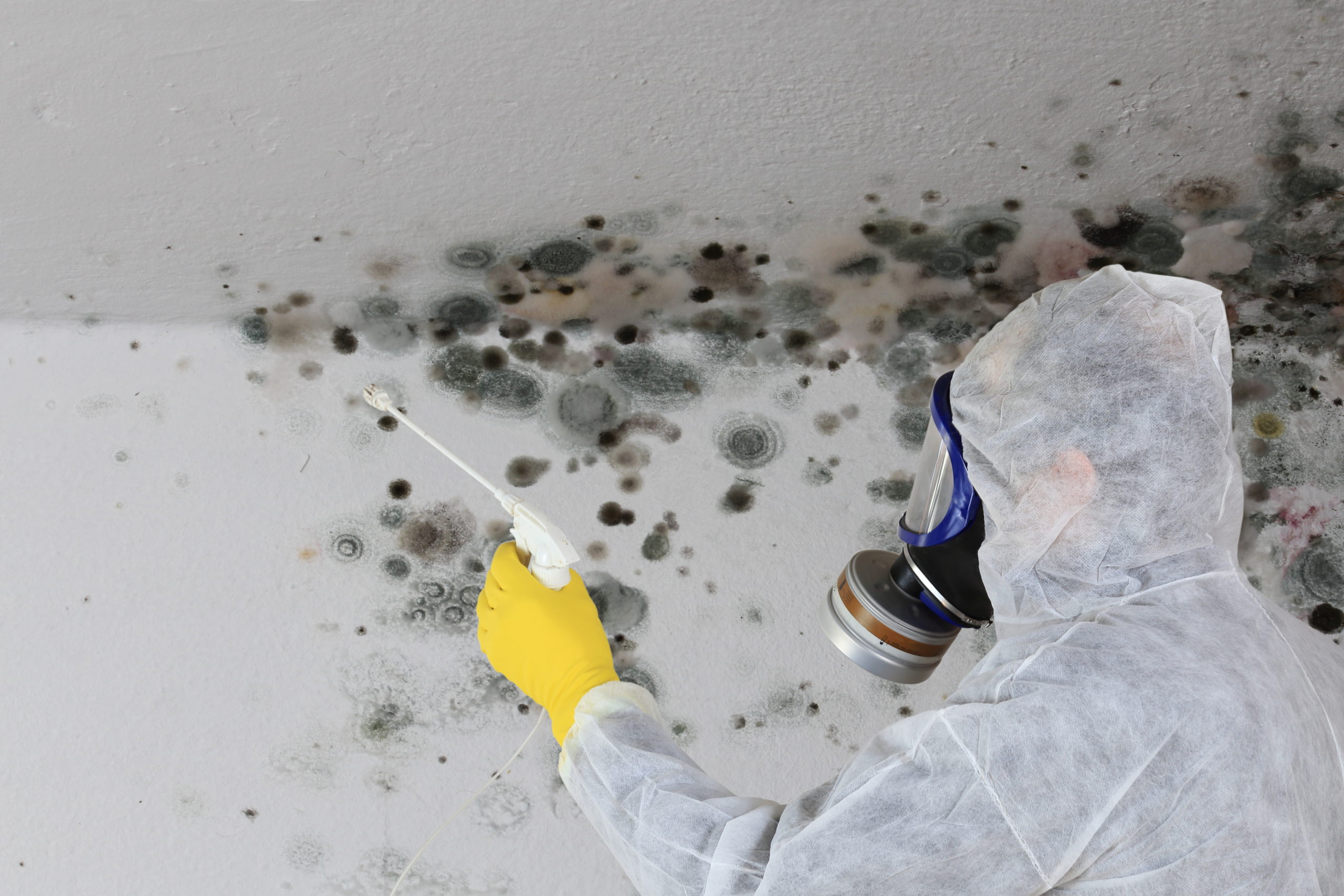If you’re selling your services on “homemade” cleaning products, make sure you’re doing it legally and with tested scientific information.
Making the decision to branch out of purchasing available and regulation-approved cleaning products for your business may seem simple, but can be more complicated than it’s worth, if you intend to comply with current regulation of products used in the delivery of a professional service.
Your first call should be to your business liability insurance provider to discuss what additional insurance you would need to move into the consumer products arena. You may learn that the financial and reputational burdens may not be worth the risk.
If you are willing to tak the steps your insurance provider requires, you’ll want to begin with The American Cleaning Institute’s “Some Facts about Mix-At-Home Cleaners” before moving on to the EPA’s guidelines for developing, testing, and registering a potential hazardous product.
Assuming you mean to begin by using your homemade or mix-at-home product in your professional cleaning business, the applied product must have a Safety Data Sheet (SDS) that meets OSHA standards. ISSA offers an excellent outline of the many ways cleaning products are regulated, including restrictions related to homemade products.
If you’re adding even one “innocent” ingredient to an existing product, then you are changing the chemical formulation and must have your new product tested and verified with an SDS. The EPA DfE Standard for Safer Products details the regulations and even the allowed and prohibited classes of additives before additional safety steps must be taken to protect and inform the consumer – your clients.
If you’re claiming that your homemade product sanitizes or disinfects, then you must also send your product for testing and validation by the Environmental Protection Agency (EPA). Current green/natural disinfecting agents regulated by the EPA include peroxide and thymol; currently, no formulation of vinegar (acetic acid) or table/sea salt can be verified as disinfectants in home or institutional use.
If you’re considering offering your product for sale to your clients, you must also secure a Certificate of General Conformity from the Consumer Products Safety Commission.
And if you’re determined to follow all of these steps to validate a safe and effective product for your clients, you may also want to use these resources to confirm that the ingredients you’re using really are safe, and not just based on “everyone knows” myths.
CleanIngredients.org – an EPA-supported database of ingredient information intended to empower the development of safer products.
Guide to Healthy Cleaning – an EWG database of consumer and commercial-grade cleaning products intended to improve the quality of information available to consumers and businesses in making safer choices.
Toxics Use Reduction Institute (TURI) – an independent research organization dedicated to supporting the reduction of toxic chemicals used in a variety of industries; scientific reports available.
When you choose to provide a service or product to consumers who trust you, you assume the responsibility of double, triple, and quadruple checking your sources – all the way back to the original scientific study that proves the old wive’s tales and cleaning mythologies beyond a shadow of a doubt. Your very business may depend on it.






